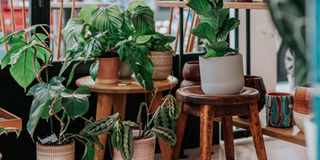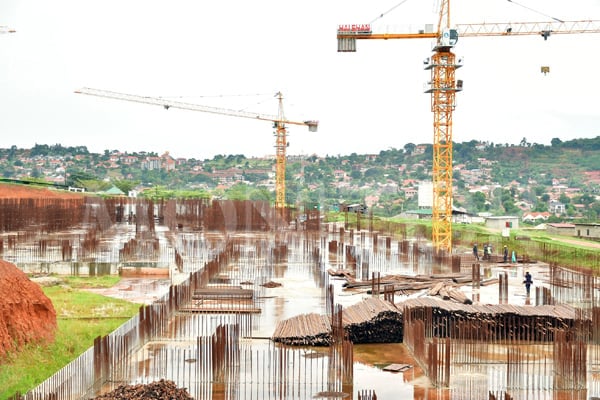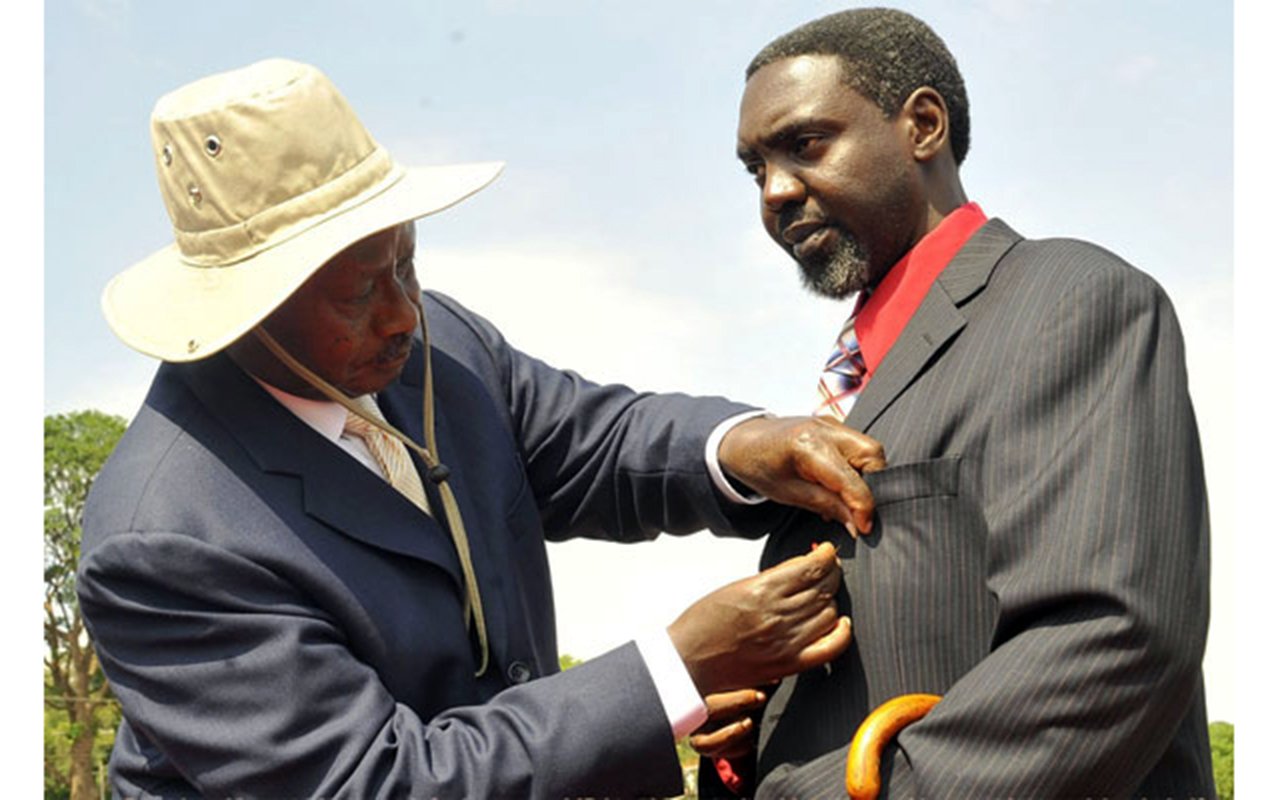Prime
Drainage aiding materials for potted plants

Every planter, pot, container or trough should have holes at the bottom to enabl drainage. Photo | unspalsh.com.
What you need to know:
- Failure to think about correct drainage is a common container gardening mistake and it will lead to plant death.
One of the biggest challenges of container gardening is soil drainage. Many container gardeners have lost their precious plants because excess water failing to be drained has pooled at the bottom of the planters ultimately killing the plants. Much as every planter has holes at the bottom for draining excess water, many times the holes get blocked thereby cutting off the flow.
Holes
Every planter, pot, container or trough should have holes at the bottom to enable drainage. If not provided with adequate drainage, the compost in containers can quickly become waterlogged, leading to plant death.
Too much water forces the air out of the compost, this limited airflow causes root rot and fungal growth which kill plants. When buying pots, make sure they have enough holes, if they do not you can add holes yourself.
Crocks
For your drainage holes to work sufficiently, place crocks at the bottom of the planter. You can make crocks out of pieces of broken old a pots.
The crocks when placed over the drainage holes will increase the surface area of the hole, preventing the plants and soil from blocking the holes so the water again can drain more easily.
Stones
Adding a layer of rocks or gravel to the bottom of a pot is the perfect way to cover drainage holes to prevent soil fall-through and for letting the excess water drain from the soil above. Gravel or stones can also be at the bottom of a planter, but only to thinly cover and protect the drainage holes and not as a thick solid layer.
A thick layer can reduce the space for plant roots and also potentially raise the water table in the pot, which can increase the saturation of the soil around plant roots. It is also important to ensure that any stones are not sitting over the drainage holes on flat edges that can block them.

Once you put a layer of gravel or rocks at the bottom, the planter should be raised to create space between the planter and the ground. This will allow excess water to drain out of the holes and prevent dirt or debris blocking the important drainage holes.
Newspaper
If you have a large planter or planter box then it may require lots of drainage holes, or larger holes that need covering. To avoid adding even more weight to what will become a very heavy planter when full of soil, there are lightweight options for helping drainage. You can use newspaper, fabric or paper to line the base of the planter and give a protective cover to the holes.
Charcoal
Horticulture portal backyarddigs.com, recommends activated or horticultural charcoal is a material most gardeners never think of when it comes to drainage in planters. This material is even works well in pots that have no drainage holes at all, which is commonplace for indoor plants.
They recommend charcoal because it is inexpensive to purchase and easy to use, absorbs excess moisture without getting soggy so that roots will not rot, has natural antimicrobial action, which reduces fungal, disease and pest issues, can be mixed into soil or used as a base layer and pulls harmful toxins from the soil or water so plants are healthier.
Sand
Another material recommended by the experts is sand. Sand helps increase drainage in planters with dense soil. If your soil has a high clay content using sand that is coarse in texture will help loosen soil texture, which improves aeration and drainage and lift roots out of pooling water.
Because too much sand can drain off water too fast, leaving plants thirsty, you should drill small drain holes about half an inch up around the bottom perimetre of the pot to bring humidity to the roots but allow excess water to drain out of the sand to prevent root rot.




